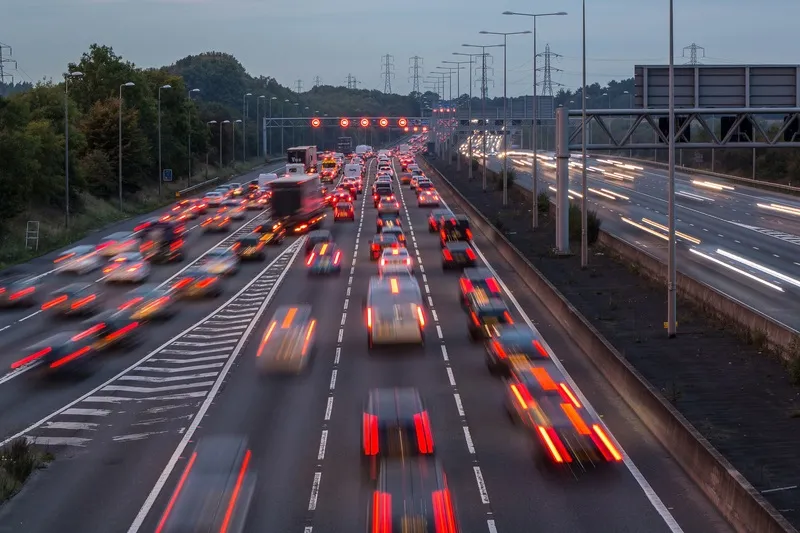The European Investment Bank (EIB) has agreed to provide a funding contribution of US$292 million towards the completion of the motorway link between Glasgow and Edinburgh.
The project includes the completion of the M8 motorway between Scotland’s two largest cities and major improvements to the M73 and M74 to reduce congestion and safety and improve travel times on one of Scotland’s busiest road networks.
“The European Investment Bank is committed to supporting crucial investment in essential infrast
February 25, 2014
Read time: 2 mins
The 4270 European Investment Bank (EIB) has agreed to provide a funding contribution of US$292 million towards the completion of the motorway link between Glasgow and Edinburgh.
The project includes the completion of the M8 motorway between Scotland’s two largest cities and major improvements to the M73 and M74 to reduce congestion and safety and improve travel times on one of Scotland’s busiest road networks.
“The European Investment Bank is committed to supporting crucial investment in essential infrastructure across Europe and we recognise the importance of the M8 scheme to upgrade Scotland’s core motorway links. This project will not only provide economic benefits during construction, but will also improve safety and reduce costs for business in the years ahead through improved travel times. We are committed to providing significant long-term financial support for the scheme.” said Jonathan Taylor, European Investment Bank vice-president responsible for the UK and Ireland.
Transport minister, Keith Brown, said: “This marks a significant milestone in the timeline of what is a major transport infrastructure project for Scotland. Not only will these works vastly improve connectivity across Scotland’s central belt, the project will deliver far reaching benefits to the wider Scottish economy.
“We’ll see the creation of hundreds of new jobs which will leave a lasting legacy of a highly-skilled workforce, bolstering Scotland’s construction industry. In addition, the project will act as a catalyst to attract significant inward investment and stimulate continued growth of our business communities.”
Debt financing for the project is equally split between a direct loan from the European Investment Bank and a bond placement with international investors. The new Scottish scheme represents the first UK road project involving bond finance since the global financial crisis in 2008, and is the largest project to be financed through the2112 Scottish Government’s Non-Profit Distributing model.
The project includes the completion of the M8 motorway between Scotland’s two largest cities and major improvements to the M73 and M74 to reduce congestion and safety and improve travel times on one of Scotland’s busiest road networks.
“The European Investment Bank is committed to supporting crucial investment in essential infrastructure across Europe and we recognise the importance of the M8 scheme to upgrade Scotland’s core motorway links. This project will not only provide economic benefits during construction, but will also improve safety and reduce costs for business in the years ahead through improved travel times. We are committed to providing significant long-term financial support for the scheme.” said Jonathan Taylor, European Investment Bank vice-president responsible for the UK and Ireland.
Transport minister, Keith Brown, said: “This marks a significant milestone in the timeline of what is a major transport infrastructure project for Scotland. Not only will these works vastly improve connectivity across Scotland’s central belt, the project will deliver far reaching benefits to the wider Scottish economy.
“We’ll see the creation of hundreds of new jobs which will leave a lasting legacy of a highly-skilled workforce, bolstering Scotland’s construction industry. In addition, the project will act as a catalyst to attract significant inward investment and stimulate continued growth of our business communities.”
Debt financing for the project is equally split between a direct loan from the European Investment Bank and a bond placement with international investors. The new Scottish scheme represents the first UK road project involving bond finance since the global financial crisis in 2008, and is the largest project to be financed through the









